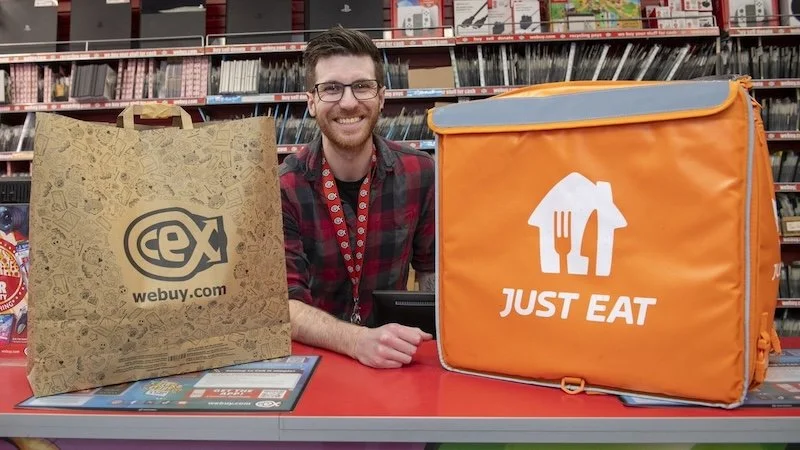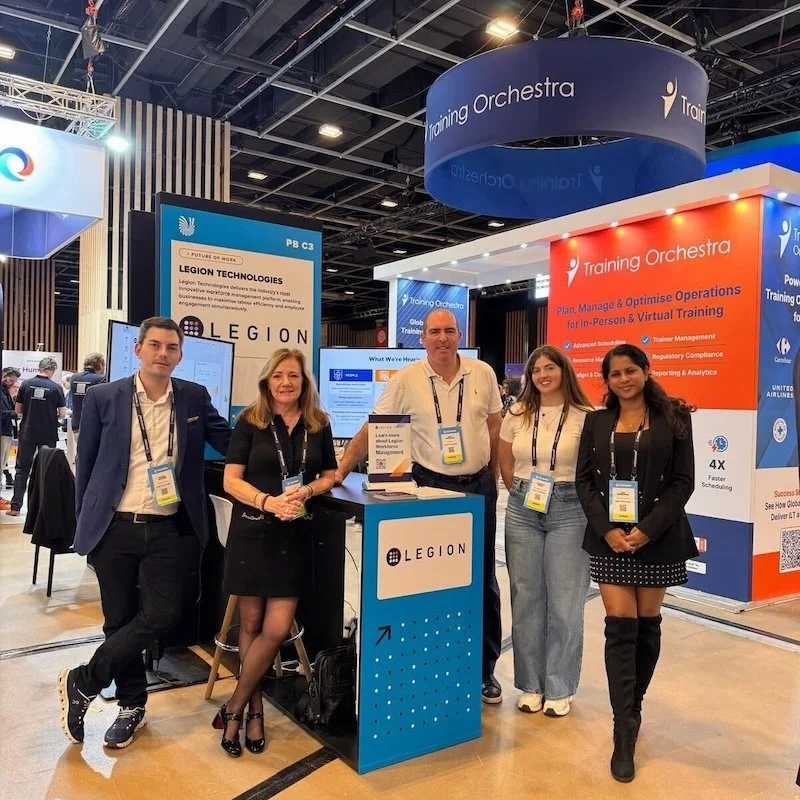Global ID verification for retail success as global e-commerce market continues to grow
When luxury fashion retailer Maison Élégance decided to expand their e-commerce operations from France into the Middle East, Asia and North America, they expected some hurdles. What they didn't anticipate was losing nearly 40% of their potential new customers at the verification stage.
"We were using the same ID verification process that worked perfectly in Europe," explains Claire Dubois, Maison Élégance's Digital Expansion Director. "But suddenly we had customers in Saudi Arabia unable to complete purchases because our system wouldn't recognise their national IDs. In Japan, customers abandoned carts when faced with verification steps that felt invasive by their cultural standards."
This scenario plays out daily for retailers venturing into new markets. While expanding globally has never been easier from a technical standpoint, the challenges of identity verification compliance can quickly turn a promising market entry into a costly misstep.
The Global Identity Landscape
Looking at verification rules around the world is like looking at a crazy quilt your grandmother made, every patch is different! Each country has its own way of checking IDs, based on what their people are comfortable with, what their laws require and what tech they typically use.
In the European Union, GDPR sets strict parameters around data collection, requiring explicit consent and purpose limitation. Meanwhile, countries like Singapore and Australia have implemented national digital identity systems that retailers can leverage. The United States presents its own challenge with a state-by-state approach to privacy regulations, while the Middle East often requires specific document types not commonly used elsewhere.
"The cost of getting this wrong isn't just about regulatory fines," notes Ibrahim Khalid, compliance officer for a multinational department store chain. "We've seen retailers spend millions entering a new market only to discover their verification systems alienate local customers or violate local regulations. One luxury brand recently had to suspend operations in three countries because they couldn't adapt their verification processes quickly enough."
Verification Spotlight: India
India presents a unique challenge with its Aadhaar system, the world's largest biometric ID system. While offering streamlined verification possibilities, retailers must navigate complex rules about when and how this system can be used for commercial verification, with regulations that changed three times in the past two years alone.
Beyond Documentation: Cultural Dimensions of Identity
What feels like a reasonable verification request in one culture may feel deeply invasive in another. In Germany, consumers typically expect robust verification and are willing to provide detailed information to establish trust. In Japan, however, the same level of questioning can feel intrusive and lead to cart abandonment.
"Trust signals vary dramatically across markets," explains consumer psychologist Dr. Mei Zhang. "Western consumers often look for security badges and encryption symbols. In many Asian markets the visual design of the verification process is colors, layout and imagery that can be more important trust indicators than technical security features."
This cultural dimension extends to how verification questions are framed. A study by Global Retail Insights found that simply adapting the language used in verification processes, not just translation, but cultural adaptation, improved completion rates by 26% across international markets.
Swedish retailer HomeStyle saw this firsthand when they expanded into Southeast Asia. Their initial verification process, which worked well in Europe, saw abandonment rates of over 60% in Thailand and Vietnam. After working with local experts to redesign the verification flow with culturally appropriate cues and language, completion rates more than doubled.
Technology Bridges: Unifying Verification Without Uniformity
The solution to this global verification challenge isn't creating dozens of market specific systems that approach quickly becomes unsustainable. Instead, forward thinking retailers are implementing unified platforms that can adapt to regional requirements while maintaining consistent security standards.
"We've moved from the era of market specific verification to adaptive verification," says retail technology analyst Jordan Rivera. "The key is systems that can recognise where a customer is located and automatically adjust the verification flow to meet both regulatory requirements and cultural expectations."
This is where platforms like Checkin.com are changing the game for global retailers. Their system can handle over 14,000 document types from more than 190 countries, allowing retailers to verify customers regardless of where they're located or what documentation they have available.
The technology uses AI to recognise and process everything from European national ID cards to Middle Eastern family books to various Asian identity documents, all through a single integration. This eliminates the need for retailers to become experts in global identity documentation or build market-specific verification systems.
Tech Translation: Adaptive Verification Flows
Think of adaptive verification like a smart GPS system. Rather than having separate maps for each country, the system recognises where you are and automatically provides the right directions in the right language, accounting for local driving rules and road conditions.
The Compliance Paradox: When Requirements Conflict
Perhaps the most challenging aspect of global verification is when regulatory requirements in different markets directly contradict each other. The classic example is the tension between GDPR's data minimization principle and the extensive documentation required by KYC (Know Your Customer) regulations in many markets.
"We call it the compliance paradox," explains regulatory attorney Sofia Mendes. "In one market, you're legally required to collect and store detailed identity information. In another, collecting that same information could result in significant fines. Global retailers need strategies to navigate these contradictions."
Some retailers address this through data localisation, keeping customer verification data in the region where it's collected, subject to local regulations. Others implement dynamic data collection that adjusts based on both the customer's location and the regulatory requirements of the markets where the retailer operates.
For retailers expanding internationally, creating a compliance calendar has become essential. This tool tracks upcoming regulatory changes across markets, allowing businesses to prepare verification adjustments before new rules take effect.
Practical Implementation Framework
For retailers looking to harmonise their global verification approach, experts recommend a staged implementation:
Assessment: Evaluate current verification processes against requirements in target markets
Prioritisation: Rank markets based on both opportunity and verification complexity
Technology Selection: Choose verification solutions with proven global capabilities
Phased Roll-out: Implement market by market, starting with less complex regions
Continuous Monitoring: Establish systems to track regulatory changes and verification performance
"The retailers succeeding globally aren't necessarily those with the largest budgets," notes e-commerce consultant Priya Sharma. "They're the ones who recognise that verification is a crucial part of the customer experience that requires the same attention as their website design or product photography."
The Competitive Advantage of Borderless Trust
As global e-commerce continues to grow, seamless identity verification across borders is becoming a significant competitive advantage. Retailers who solve this challenge can enter new markets faster, convert more international customers and build global brand trust more effectively than competitors struggling with fragmented verification systems.
"In three years, I believe we'll see verification capability as a key factor in which retailers can successfully globalize," predicts retail futurist Marcus Chen. "The ability to verify customers quickly and appropriately, regardless of where they're located, will separate global retail winners from those confined to their home markets."
For retailers ready to tackle this challenge the first step is acknowledging that verification isn't just a technical or compliance issue, it's a fundamental part of the customer experience that requires cultural sensitivity, technological sophistication and regulatory awareness. Those who master this complex balance will find themselves well positioned for truly global growth.
Global Voice: Customer Perspective
"I shop from international sites regularly and you can immediately tell which ones understand my market. When a site asks for my Emirates ID in a way that feels natural and secure, I know they've done their homework and I feel confident completing my purchase." Fatima A., Dubai































Continue reading…